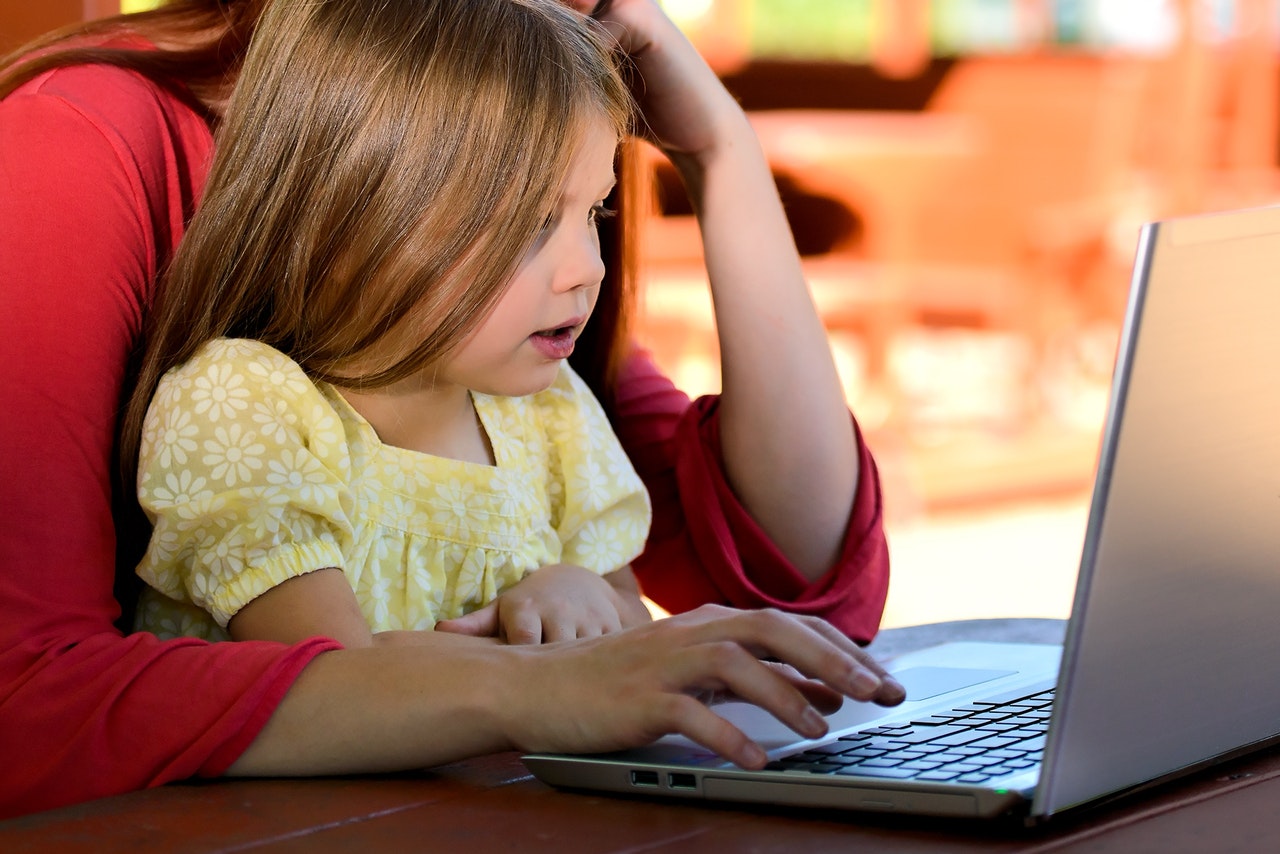Technological tools and innovation has digitalized the world. From business to personal life, it has never been easier to use these devices to correspond, research, learn, build a business, and have fun.
With the production and design of electronics like tablets, PCs, smart watches, and mobile phones, the screen time of both adults and children have increased considerably. While most adults can moderate and regulate their screen time, children usually need guidance and help to ensure that their screen use isn’t excessive. This is why it is essential for a mother to know important facts related to kids and the amount of time they spend with screens.
Regulating your kid’s screen time and usage can be a tricky and sensitive act. This is because children enjoy fun activities with a screen, therefore, the goal will be to ensure a healthy lifestyle that incorporates screen use.
There are reports that the types of programs children expose themselves to online determine the outcome, either positive or negative. Mothers must find a work-life balance where they can influence the types of content children are exposed to and the amount of screen time they have. To be able to take these steps, mothers must have the right information about screen time and usage. This article provides you with these facts in detail.
The Risks And Dangers of Long Screen Time Periods
As the core of motherhood fundamentally involves caring for your kids, a mother should know the risks associated with screen time since it is inevitable that children will have access to these devices. These risks come in the form of physical, mental, and social maladies. Starting from over two hours of screen time in a day, children have reportedly experienced the following discomfort:
- Irritation
- Irritated eye
- Neck pain
- Headaches
- Lack of focus
Blue Light
Computers, televisions, and portable digital devices emit a spectrum of visible light rays when their display is on. There is a portion of these rays referred to as blue light. Unlike other types of light rays, blue light has high energy and frequency, and a shorter wavelength in comparison with the rest. Research suggests that blue light could be damaging to the eye in the long term.
A lot of the risks related to screen time and screen usage are associated with blue light. Over-exposure to blue light affects the Circadian rhythm. This simply means that the sleep cycle is disrupted. This can affect the performance of kids in school amongst other health complications associated with sleep disruption.
There is a rapid rise of myopia in the world. It has been linked to the increase in screen time. Although, these claims haven’t undergone extensive research as the exponential increase in screen usage is a factor of the technological advances of the recent decades. So, no previous generation has undergone a high level of screen usage the children of this generation are going through.
Protection And Care
In a family, protecting children from the adverse effect of screen usage is a priority. There are quite a few ways to ensure that the time a kid spends with a screen is optimized and well utilized. You can set an example for your kids by moderating how much time you spend on screen. With this action, you can easily influence the amount of time your children spend on screen.
Also, protecting your kids from dangerous content online is important. It is imperative that a mother is familiar with the applications and tools the kids have access to. These applications can then be ‘parent monitored’ which allows the mother to moderate the content the children access online.
To reduce the effect of blue light, eyeglasses with lenses that filter these light rays should be purchased. You can also obtain protective filters that can be applied to the surface of the digital device.
You can create rules as to when and where digital devices can be operated in the home. Help the kids live healthy by setting up screen time and non-screen time daily. Your kids are likely to be pliant if you discuss the screen time challenges with them.
Regular eye exams should be scheduled for your kids in order to monitor eye health.
Recommended Screen Time
The recommended screen time for kids below the age of 2 years is less than an hour. It is even better if there is no screen time at all. Children within the age range of 2 – 5 access to screen usage should be limited to an hour. With children above the age of 6, a consistent plan for healthy living which includes the usage of the screen should be implemented.
If you enjoyed this article check out more on motherhood here!














